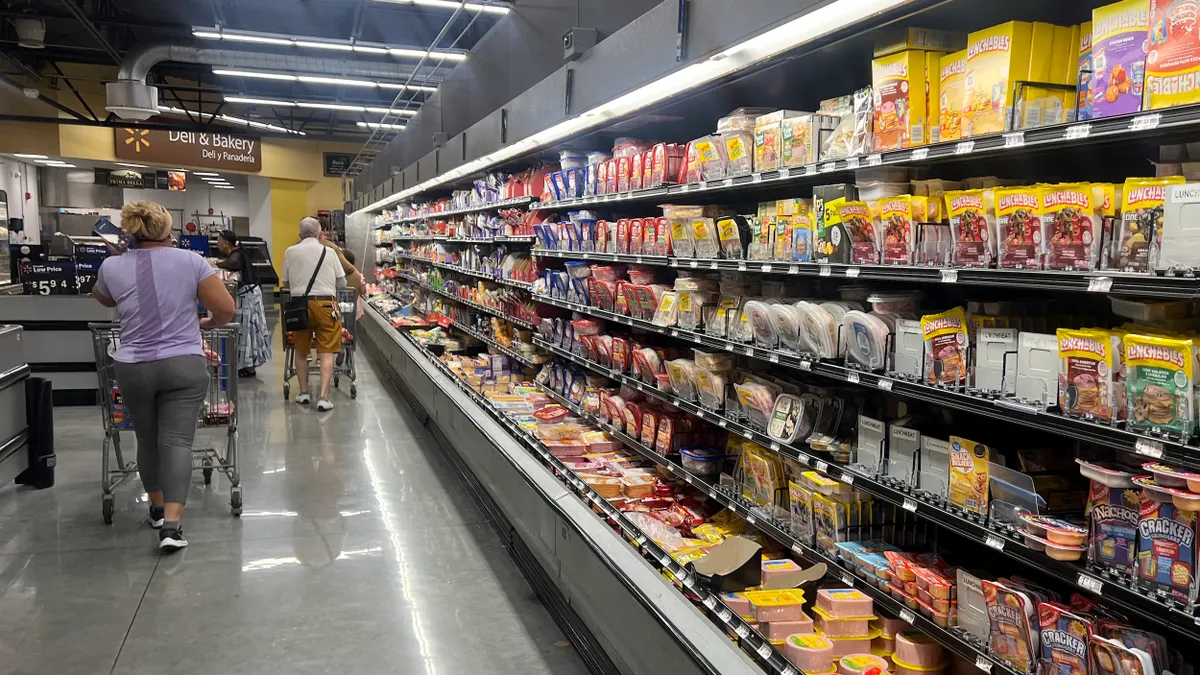Dive Brief:
- University of Colorado Denver architecture professor Julee Herdt has developed BioSIPS (Bio-Structural Insulated Panels), a non-petroleum product that can be used in construction to build walls, roofs and floors. The panels are made from waste material like flyers, phone books, seeds, hemp, cow manure and food waste.
- Herdt, who started developing the product more than 20 years ago, received a patent this year with financial support from the university.
- Herdt and her team built a house from BioSIPS that won first place at the U.S. Department of Energy's Solar Decathlon in 2002 and 2005. They also built her personal office, a 180-square-foot, 6,000-pound house.
Dive Insight:
Recycling everyday products diverts waste from landfills, helping cities and states reach zero waste goals. While some trash — such as Styrofoam and ocean plastic — can be transformed into consumer products like clothing and home decor, using waste for construction is a rare yet beneficial concept that is spreading across the globe. In July, Dutch company VolkerWessels announced that it is teaming up with the city of Rotterdamn in the Netherlands to use ocean plastic to build roads.
"Fossil fuels are a huge part of the planet's problems, overheating, environmental issues, health issues," said Herdt to the Denver Business Journal. "We're finding ways to turn society's waste into valuable, usable building materials to replace petro-chemicals."
According to Herdt, no other companies are creating the same material for construction use. The next step for Herdt is to look for customers and investors to push the product to its full potential.









